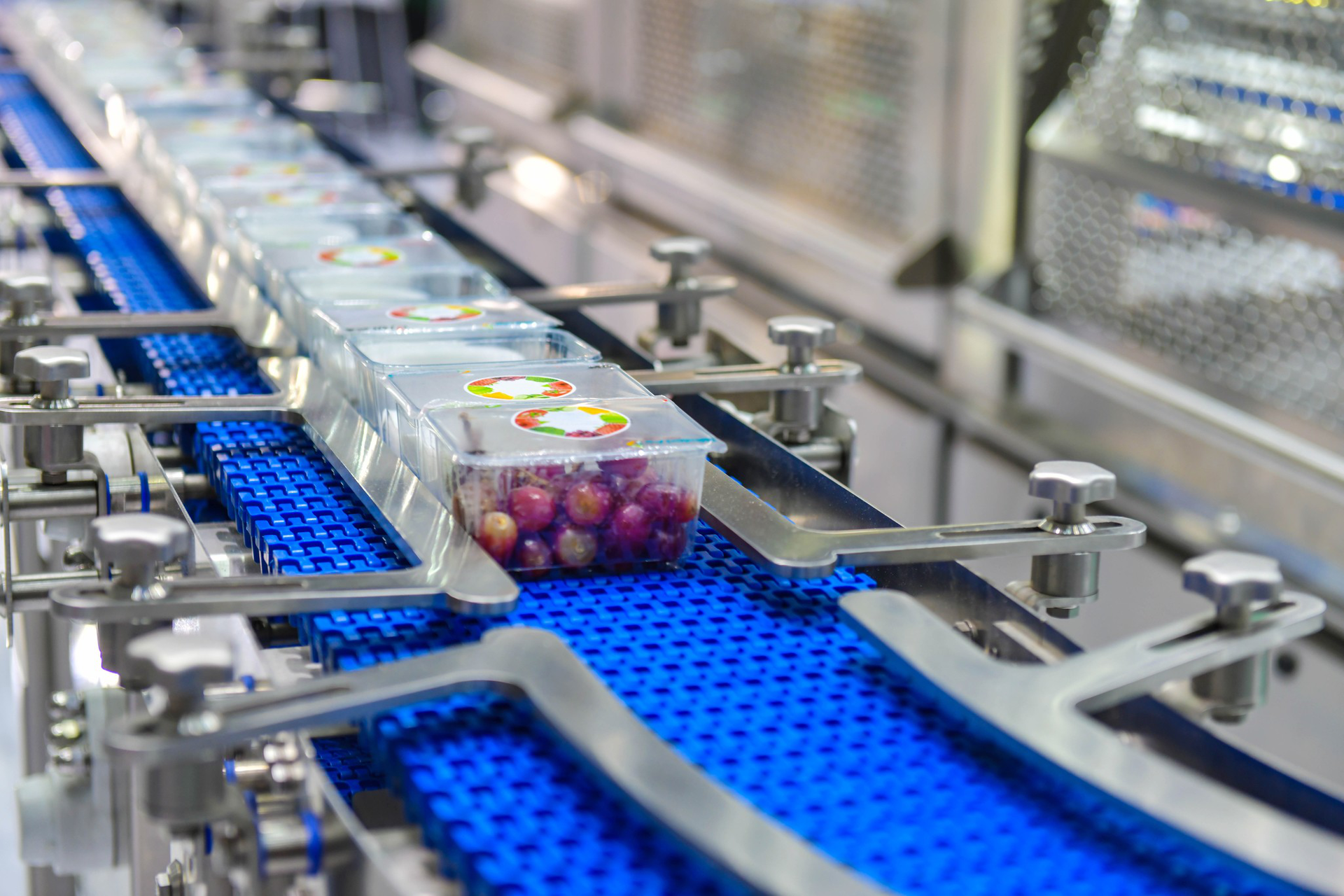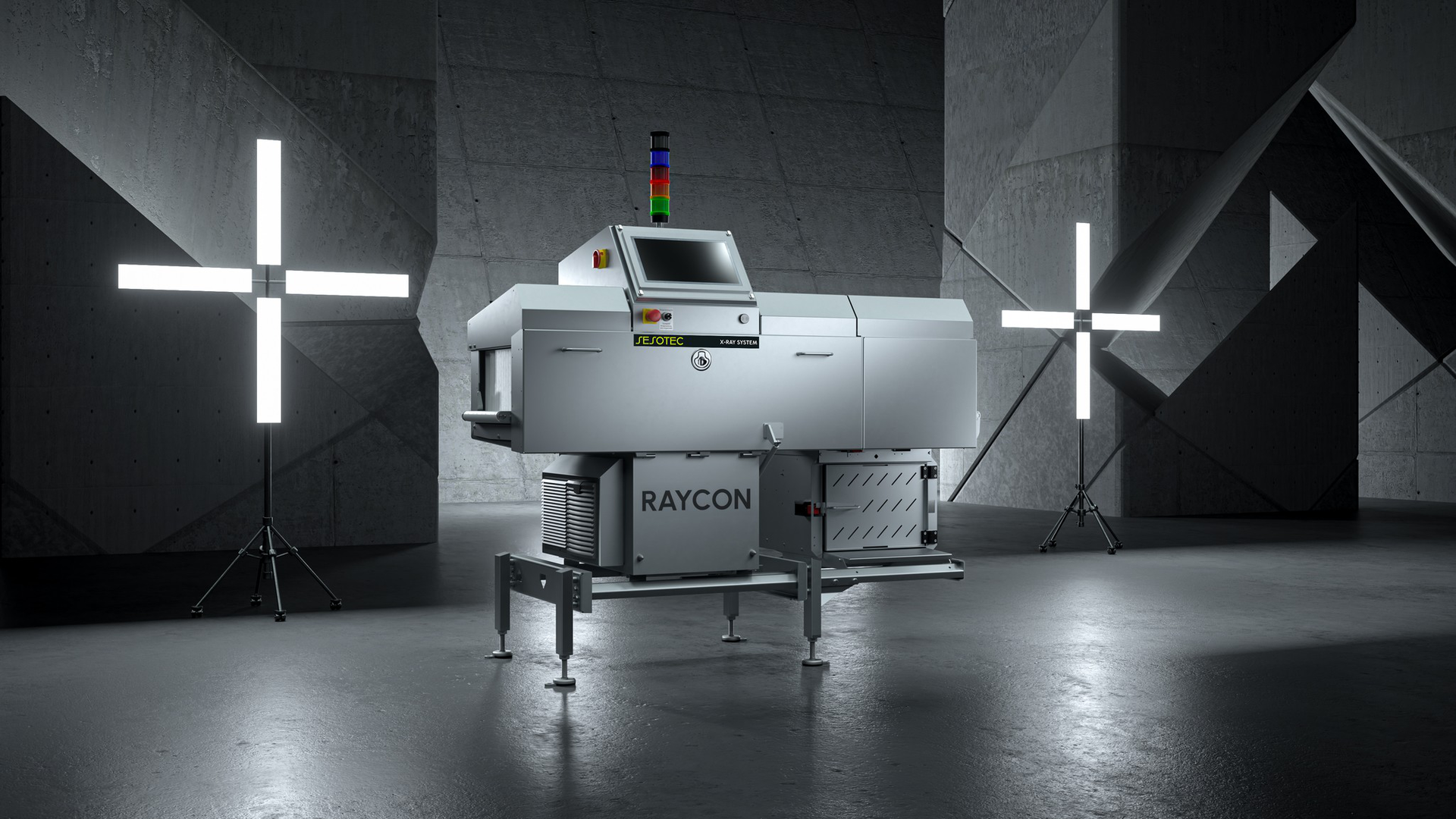From climate change to geopolitical upheavals, this century will confront the global food industry and the future of nutrition with many challenges. However, one megatrend in particular will have significant impacts on supply chains and production processes: the growth of the world population. It inevitably raises the question of how industrial food production will feed a projected world population of more than nine billion inhabitants by 2050. What will the global nutritional situation look like? Will food security be guaranteed at all times? In this context, automated technologies play a key role.
The United Nations (UN) estimates that in 30 years 9.7 billion people will inhabit this planet. This rapid population growth will change many aspects of our lives: it particularly affects the way we live, work, and eat.
The United Nations Food and Agriculture Organization predicts that global food production must increase by at least 70 percent. Otherwise, adequate nutrition for the world’s population by 2050 would not be ensured. Another major challenge is the question of how to reconcile the shrinking availability of resources with consumers' rising expectations.
The fact is: if food is to remain safe, healthy, affordable, and nutritious in the future, industrial food production must adopt innovative solutions.

Food production and population growth: Past, present and future
Analogous to the growth of the world’s population and increasing prosperity, the possibilities for industrial food production have steadily increased over the last century. Household incomes as well as living standards have risen, and food manufacturers have consistently been able to meet the growing demand for high-quality food through technical innovations.
The technological advances in food production have made it possible to produce a larger quantity of safe and nutrient-rich foods. This is noteworthy in that the area available for agricultural and industrial development has decreased.
The variety of foods available today is unprecedented in human history. This is especially true for industrialized nations: in Germany, for example, the average customer can choose from more than 170,000 different foods daily (BVE, "Deutschland – Partner der Welt 2018", p. 28).
Yet in view of the emerging demographic and ecological changes, industrial food production will have great difficulty maintaining the current high standards of quality and availability until 2050. In addition, global population development is noticeably straining the natural resources that are indispensable for well-functioning food production. Therefore, a continuous advancement of current technological solutions is necessary to meet future challenges and to ensure food supply through a functioning food provision system in the future.

Increase food production, despite limited resources
In various areas of industrial food production, the automation of processes is already contributing to significant improvements in efficiency and sustainability. Agriculture, processing, packaging: intelligent systems today process huge amounts of data in real time in order to better utilize available resources and achieve optimal results.
The increase in production volume simultaneously demands stricter control over food safety and product quality. The solution lies, among other things, in automated inspection technologies, as they enable the increase in production volume without compromising the safety and quality of the food. Whether metal detectors, optical sensors, or X-rays: Innovative Inspection Systems can be programmed with product information and specific processing conditions to operate with high precision.
Thanks to the installation of these highly advanced and automated inspection devices at important and critical points in the production process, contaminants and defects can be reliably identified and removed. Early detection of contaminants simultaneously reduces food losses caused by product recalls and cross-contaminations.

The growth of the world population and the increased commitment to food security
Global trade is increasing with the growing population of the world, according to forecasts. However, this also means that contaminated food entering the market can have far-reaching consequences for public health. Furthermore, trust in the companies that have placed contaminated food on the market could decline significantly.
For food manufacturers, it is therefore necessary to verify their upstream and downstream partners for their integrity regarding adherence to food safety standards.
Modern inspection technologies play a key role here. They help manufacturers and international regulatory authorities trace contaminants directly back to their source. In this sense, they contribute to greater transparency in the food industry and fulfill the obligation to inform the public.

The consumer culture in a world with 9.7 billion people
It requires technological advances like these to be able to feed the world's population in 2050. But not only must the quantitative supply be ensured, the individual expectations of consumers must also be met. The world population in 2050 will not only be more multicultural than ever but will also strongly engage with important issues surrounding health, ethics, and sustainability.
Migration and demographic change lead to a growth of urban areas and more diversity. With the emerging multiculturalism in many cities around the globe, new challenges as well as new markets for the food of the future arise. To meet the needs of a growing population with diverse dietary preferences, the food industry must adapt its manufacturing processes. There is a need to expand the product portfolio, for example to meet different tastes and religious standards, even in markets that were previously homogeneous.
Moreover, living in a world with 9.7 billion people will inevitably lead to changed mindsets: people will become more critical of issues such as resources, health, and consumption. A changed attitude among consumers is already visible: Surveys by the European Food Safety Authority (efsa) show that the majority of Europeans (55 percent) have a heightened awareness of issues such as health, environment, and food safety. Two-thirds of them have even changed their consumption behavior as a result.
Conclusion
The growth of the world's population will bring changes: for global supply chains, the international economy, and worldwide food culture. On one hand, an increase in food production is necessary to prevent a food shortage. On the other hand, the food industry must always meet the demands of a dynamic consumer culture without losing sight of public health and environmental well-being. To achieve this, innovative technologies and controls are needed in all sectors of industrial food production. Every advancement is crucial for the nutrition of the future.

